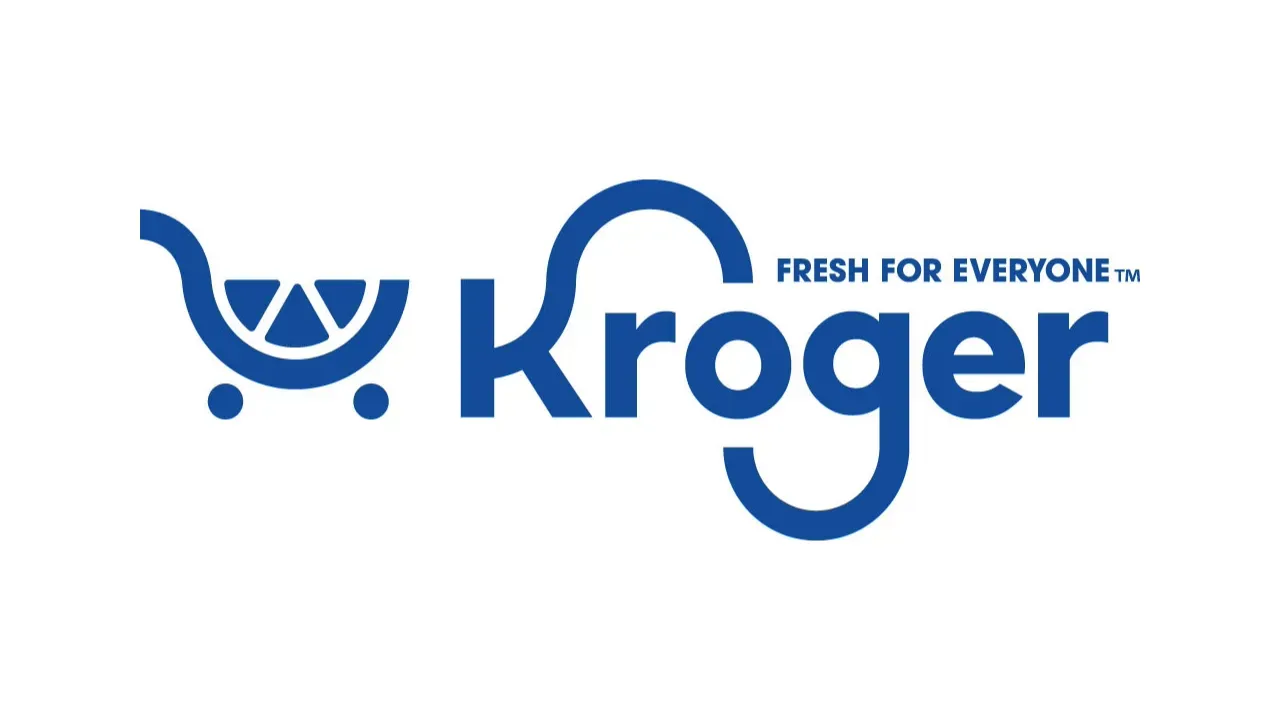TAMPA, Fla. — Walmart is counting on investments in an automated, integrated supply chain to deliver ongoing sales and profit growth, executives told analysts during the company’s annual investment community meeting here recently. Management also confirmed its fiscal 2024 first quarter and full-year earnings guidance.
In his opening remarks, president and chief executive officer Doug McMillon noted that when Sam Walton began the company, self-distribution was uncommon and thus a big decision. After developing the Supercenter format, moving to self-distribution in grocery, with facilities to handle perishable foods, was also a major step forward.
“Today, the more automated and connected system we’re building is at least as significant as those moments in our history,” McMillon said. “It will get us closer to inventory optimization than ever before, and we’re very excited about what it means for our customers, our associates and our shareholders.”
McMillon pointed out that the retailer began working on automating its large ambient distribution centers (those which do not require temperature control) almost six years ago, and has developed a set of automation capabilities that go beyond the ambient DCs. Consequently, the company is moving forward with several partners at once to automate its food DCs and its e-commerce fulfillment centers as well as develop an effective network of market fulfillment centers, which are automated fulfillment centers attached to a store.
“This is a story that includes improvement in the way we use data and software to drive automation, combined with a scaled, more cost-effective last-mile capability,” McMillon said. “Each piece is key.”
According to John Furner, president and CEO of Walmart U.S., the company’s multiple supply chain networks — ambient DCs, perishables DCs and e-comm fulfillment centers — work in parallel and are all effective in their separate roles, but they are not connected, and they lack flexibility.
“Now that’s changing,” he said. “We’ve re-engineered our supply chain networks to connect all the assets we have.”
The changes include combining all of Walmart’s digital catalogues into one app where customers can search for everything the retailer sells. In addition, Walmart is using data and technology to match customer intent to the catalog of goods and services in order to optimize speed, cost and predictability.
Furner said the work is being done by an end-to-end team led by Walmart U.S. chief operating officer Chris Nicholas. That group oversees the entire supply chain, including the stores.
“That’s a huge step-change, representing our evolution into an omnichannel organization,” Furner emphasized. “One team is now looking at a product from production all the way to the customer.
“We’re now able to fulfill customer needs with a flexible, connected omnichannel network, enabled by data,” he explained. “We know what we own, where it is, and what we’re actually doing is using data to optimize how much inventory we buy and where we place it.”
Importantly, the automation initiative does not require building an entirely new network of distribution centers; instead, in many cases Walmart is using existing assets but with more flexibility and efficiency.
In addition to providing customers with a better omnichannel experience, automation should be a boon to associates, Furner said, noting that it will lead to less manual labor while, over time, the number of associates will remain level or grow as new roles emerge — which will pay more as well.
Moreover, automating its supply chain is expected to increase productivity and lower costs, which will reinforce Walmart’s everyday-low price (EDLP) strategy, which in turn should support ongoing sales growth. Additionally, improved productivity, combined with Walmart’s mix of businesses, should generate an improved operating margin, which in turn will drive a higher return on investment.
Management anticipates that its growth investments will transform Walmart’s financial profile to one centered on three building blocks: sales growth from its omnichannel consumer businesses; diversified earnings streams through enhanced category and business mix; and scaling high-return investments that drive operating leverage and improve operating margin.
As a result, management expects to achieve 4% sales growth and even faster operating profit growth over the next three to five years, said John David Rainey, executive vice president and chief financial officer.





